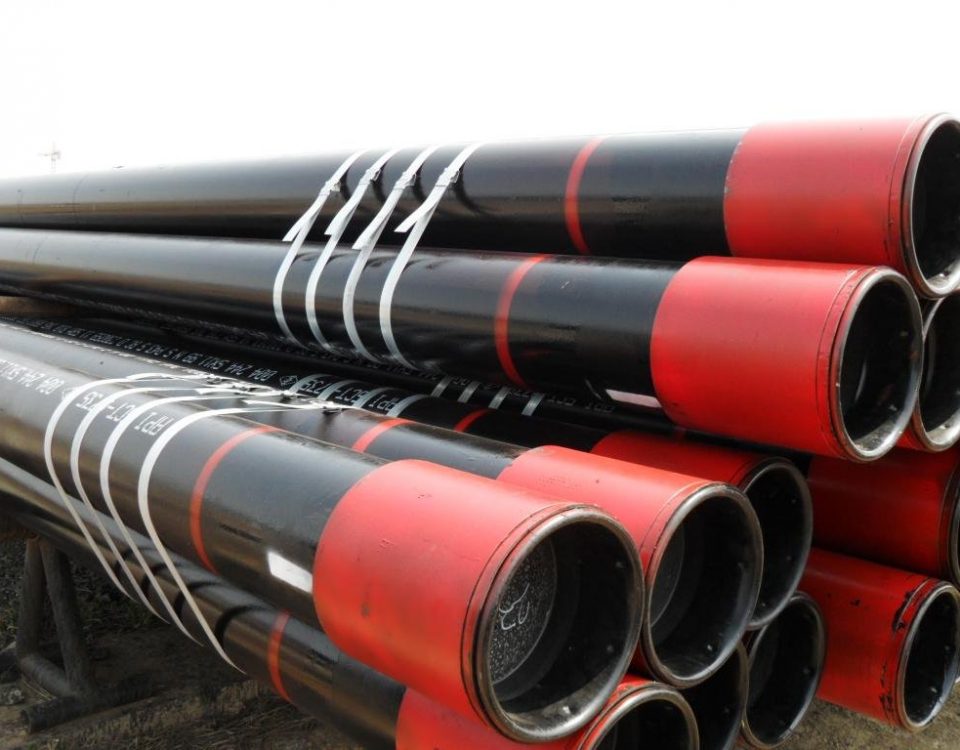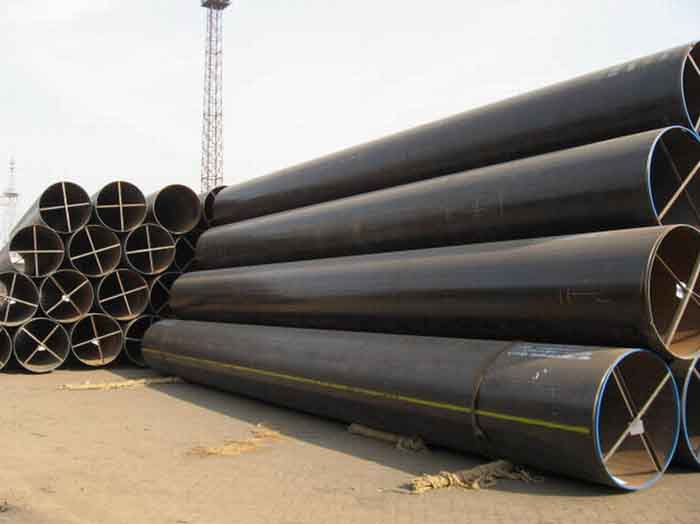
What are the common pipeline protection technologies?
May 16, 2023
A New Technology: A335 Alloy Steel Pipe Weld Joint Heat Treatment
May 23, 2023As modern industry continues to advance, the demand for various materials is constantly on the rise. Stainless steel pipes, in particular, have garnered significant attention due to their widespread use across numerous fields. Among the many types of stainless steel pipes available, the 201 stainless steel pipe is a common choice. This article offers an in-depth look at the properties, characteristics, applications, and market prospects of 201 stainless steel pipes.
I. Properties and Characteristics of 201 Stainless Steel Pipes
- Composition of 201 Stainless Steel Pipes
The 201 stainless steel pipe belongs to the chromium-nickel-manganese austenitic stainless steel family. Its main components include: Cr (chromium) 16%-18%, Ni (nickel) 3.5%-5.5%, Mn (manganese) 5.5%-7.5%, N (nitrogen) ≤0.25%, C (carbon) ≤0.15%, Si (silicon) ≤1.0%, P (phosphorus) ≤0.060%, and S (sulfur) ≤0.030%. This stainless steel pipe exhibits good corrosion resistance and processing performance.
- Performance Characteristics of 201 Stainless Steel Pipes
(1) Corrosion resistance: The 201 stainless steel pipe possesses relatively good corrosion resistance, maintaining its appearance and performance under various environmental conditions. However, its corrosion resistance is not as strong as that of the 304 stainless steel pipe, making it unsuitable for highly corrosive environments.
(2) Mechanical properties: The 201 stainless steel pipe boasts good mechanical properties, including high tensile strength, yield strength, and hardness. These qualities make it suitable for applications requiring strength and durability.
(3) Formability: The 201 stainless steel pipe offers excellent formability, meaning it can be easily shaped and processed into various forms, such as bending, cutting, and welding. This versatility makes it an ideal material for a range of applications.
(4) Weldability: The 201 stainless steel pipe features good weldability, allowing it to be easily welded using various methods, such as TIG, MIG, and resistance welding. This makes it an appropriate material for a variety of welding applications.
II. Applications of 201 Stainless Steel Pipes
- Construction and decoration: Due to its exceptional corrosion resistance, formability, and weldability, the 201 stainless steel pipe is widely used in the construction and decoration industries. It is commonly employed for creating handrails, railings, window frames, door frames, and other decorative elements.
- Automotive industry: The 201 stainless steel pipe is also utilized in the automotive industry for manufacturing various parts, such as exhaust systems, fuel lines, and structural components. Its high strength, corrosion resistance, and formability make it an ideal material for these applications.
- Food and beverage industry: The 201 stainless steel pipe is employed in the food and beverage industry for crafting various equipment and machinery, including storage tanks, pipelines, and processing equipment. Its corrosion resistance and hygienic properties make it a suitable material for these applications.
- Chemical and petrochemical industry: The 201 stainless steel pipe is used in the chemical and petrochemical industry for fabricating various equipment and machinery, such as reactors, heat exchangers, and storage tanks. Its corrosion resistance and high strength make it an ideal material for these applications.
III. Market Prospects of 201 Stainless Steel Pipes
The market prospects for 201 stainless steel pipes are promising due to their excellent properties and wide range of applications. As various industries continue to develop, the demand for 201 stainless steel pipes is expected to grow. Furthermore, ongoing improvements in production technology and the development of new materials will further enhance the performance of 201 stainless steel pipes, making them even more competitive in the market.











